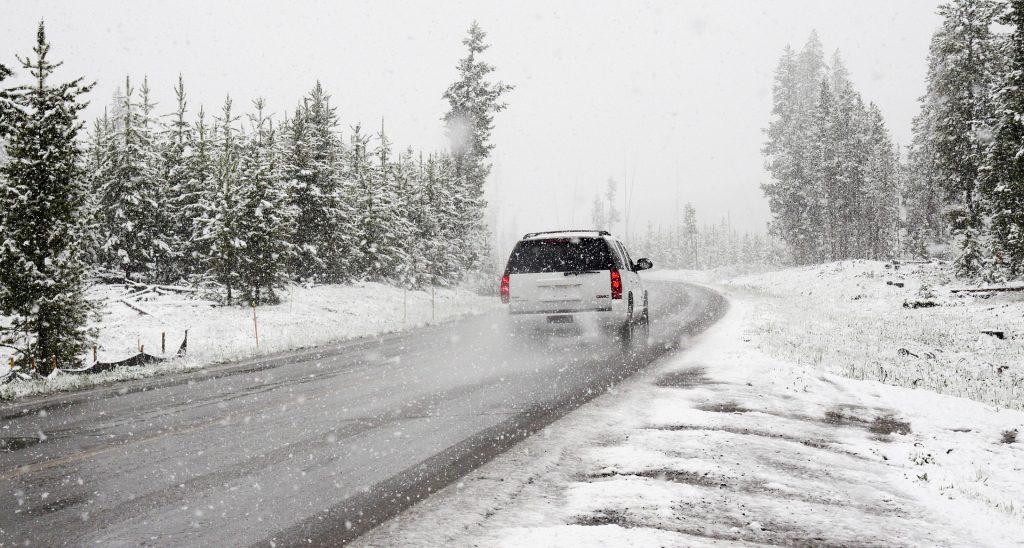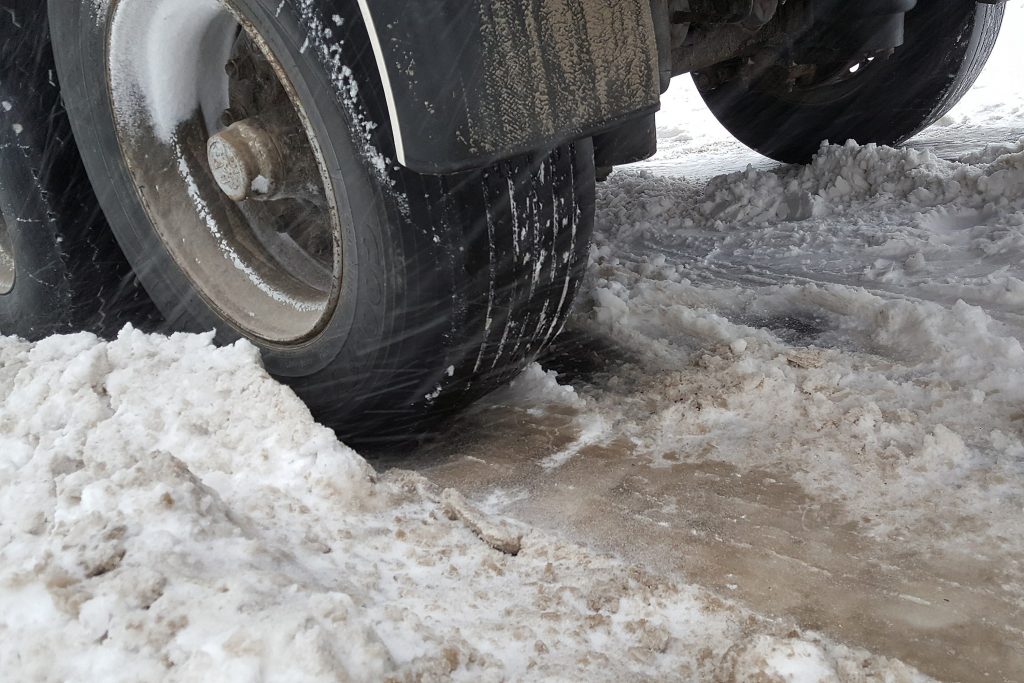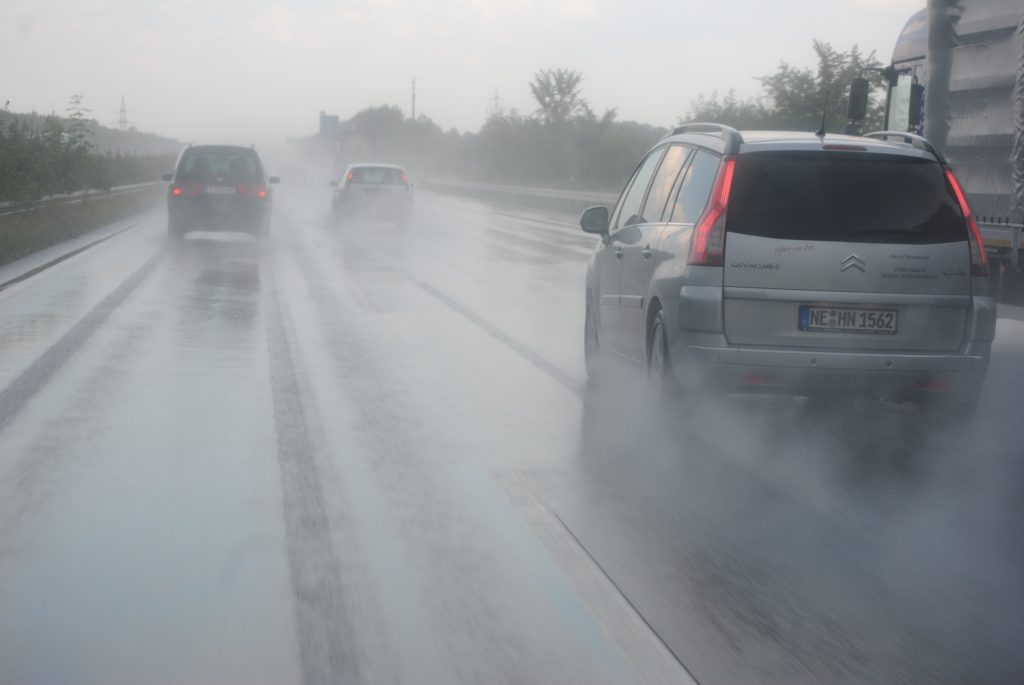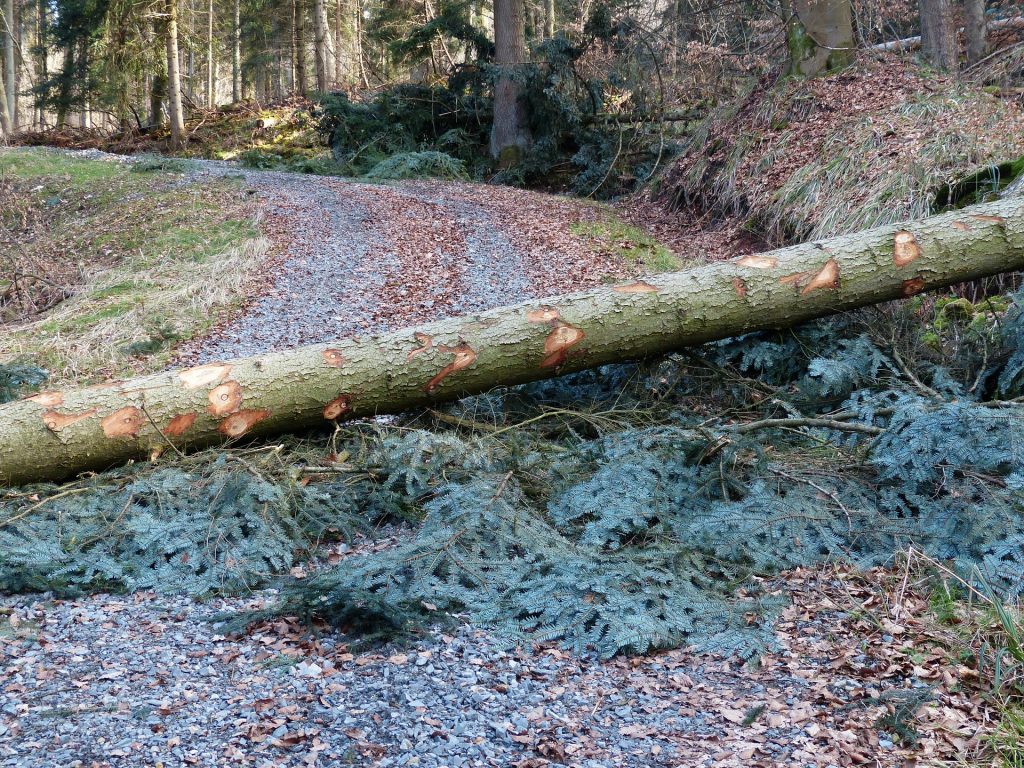Winter Driving Tips
Winter Driving Safety
Even for the most experienced drivers, driving in extreme winter conditions can be extremely dangerous. Especially after months of mild weather, it’s easy to underestimate the hazards that extreme climates can pose, and easy to overestimate your preparedness for it. Given that 17% of all accidents occur during the winter months, it’s a good idea to ensure that you are ready to face the road.

Pre-Season Checkup
It is important to ensure your vehicle is ready to face rain, slush, ice, and mud. Using a checklist is important to make sure you’re ready to go. Checklists should include:
- Battery: Recharge or replace weak batteries, as wet weather and extreme cold can put heavier demands on them.
- Check fluid levels, and make sure all fluids are freshly replaced or topped up.
- Lights: Double check headlights, blinkers, emergency flashers, brake lights, and parking lights to ensure that they are functioning, and wipe them down. Clean lights are bright lights!
- Check your brakes. Brakes are one of the most important things that need to be functioning properly before the winter months. pulling, a tight pedal, or unusual noises like squealing of grinding indicate that brakes need to be taken in for repair.
- Tires. The amount of traction on your tires is directly involved when it comes keeping control while on icy, slippery roads. check tire pressure, and consider changing tires for increased traction.
- Windshield wipers. Blades that streak or do not efficiently wipe away rain, snow and dirt.
Keep an emergency kit and your vehicle at all times. Emergency items include:
- Flashlight
- Shovel
- Cloth or paper towels
- Small bag of sand salt or kitty litter
- Mats that can be placed under tires
- Blanket
- Jump start cables
- Window washing solvent
- Emergency warning devices (such as flares or triangles)
- Cellular phone and back up portable charger
Skid Prevention:

Skidding happens when you lose traction and your wheels spin or lock usually when braking, cornering or accelerating too quickly. Skidding is particularly common on slippery, wet or icy roads. here are some helpful tips to regaining control if your car begins to skid:
1. Keep your eyes on the road, and continue to be aware of the path you were traveling.
2. Stay calm. Staying calm allows you to think clearly, and react in a more timely and reasonable manner.
3. Steadily steer in the direction that you want the front of the vehicle to go, refraining from fast or jerking movements.
4. Although it may seem counterintuitive, avoid slamming on the brakes. Slamming on the brakes will further lock the vehicle up and make it even harder to regain balance and control.
5. Once you can feel the rear wheels are beginning to stop skidding, continue to steer to avoid more rear wheel skidding in the opposite direction. Do not oversteer.
Cruise Control
While many cars nowadays have cruise control options, this feature can increase the chance of losing control of your vehicle in wet conditions. You may have a loss of traction, or need to reduce your speed, which cannot be accomplished as quickly when cruise control is engaged.
Note: vehicles parked at the side of the road are frequently struck by other drivers. Respect the limitations of reduced visibility and turn the headlights off and emergency flashers on to alert other drivers if you have to pull over.
Skills for Reduced-traction Driving

Wet roads mean poor traction. Conditions are most dangerous during the first 10 minutes of a heavy downpour as oil and debris first rise up, then wash away. Knowing how to handle poor traction reduces the potential for hydroplaning, skidding or getting stuck in the mud.
Avoiding obstacles

In wet conditions that make it easy to lose control of your car, steering around an obstacle is preferable to breaking if you are moving at a speed of 25 mph or more, because breaking increases your chances of skidding or hydroplaning.
Getting Out of Mud

- When you find that you have driven into mud that is too deep to pull out of, the trick is to apply steady pulling and moderate power.
- Apply power gradually.
- Straighten your wheels. The car will need to move in a straight line, so keep the wheels pointed straight ahead.
- If you can’t go forward, try backing out, by steering in the direction of the vehicles tracks that you have already created.
- If you are using a manual transmission, put the car in second gear to prevent the wheels from spinning freely. Be careful when you accelerate, but give the car enough fuel to prevent the engine from stalling. Ease up gradually until traction improves and your car can move.
- Rock back-and-forth while using second gear if your car is a manual transmission, and low gear if it’s automatic.
- Move forward until the vehicle stops, then shift into reverse and move backwards until momentum stops.
- Repeat this process back and forth, moving ahead a little more each time.
Driving risks increase in wet-weather conditions. To maximize your driving safety, be aware of the road conditions, reduce speed appropriately, and be prepared for challenging situations. Doing so will help you to have safer journeys this winter season.